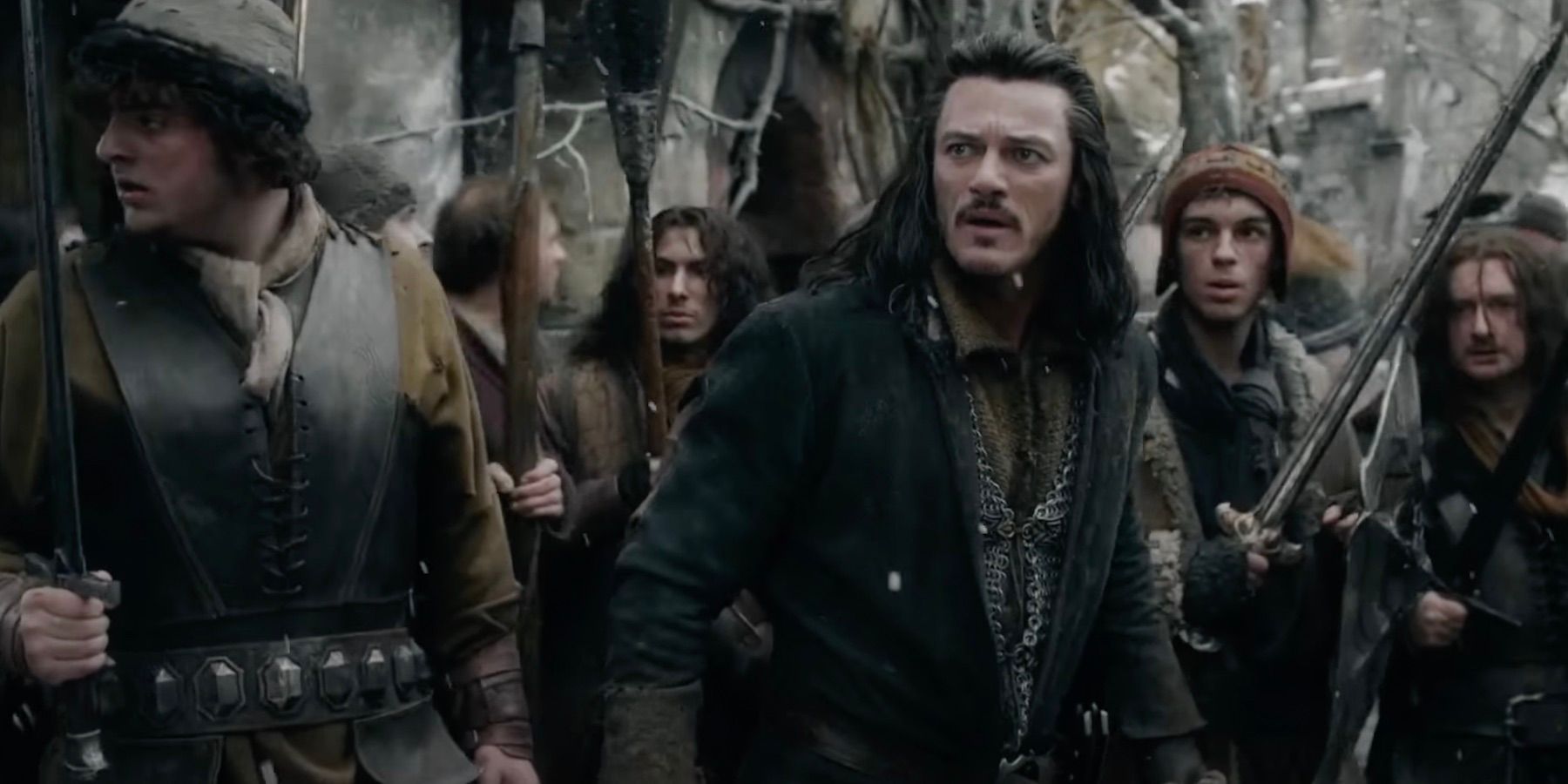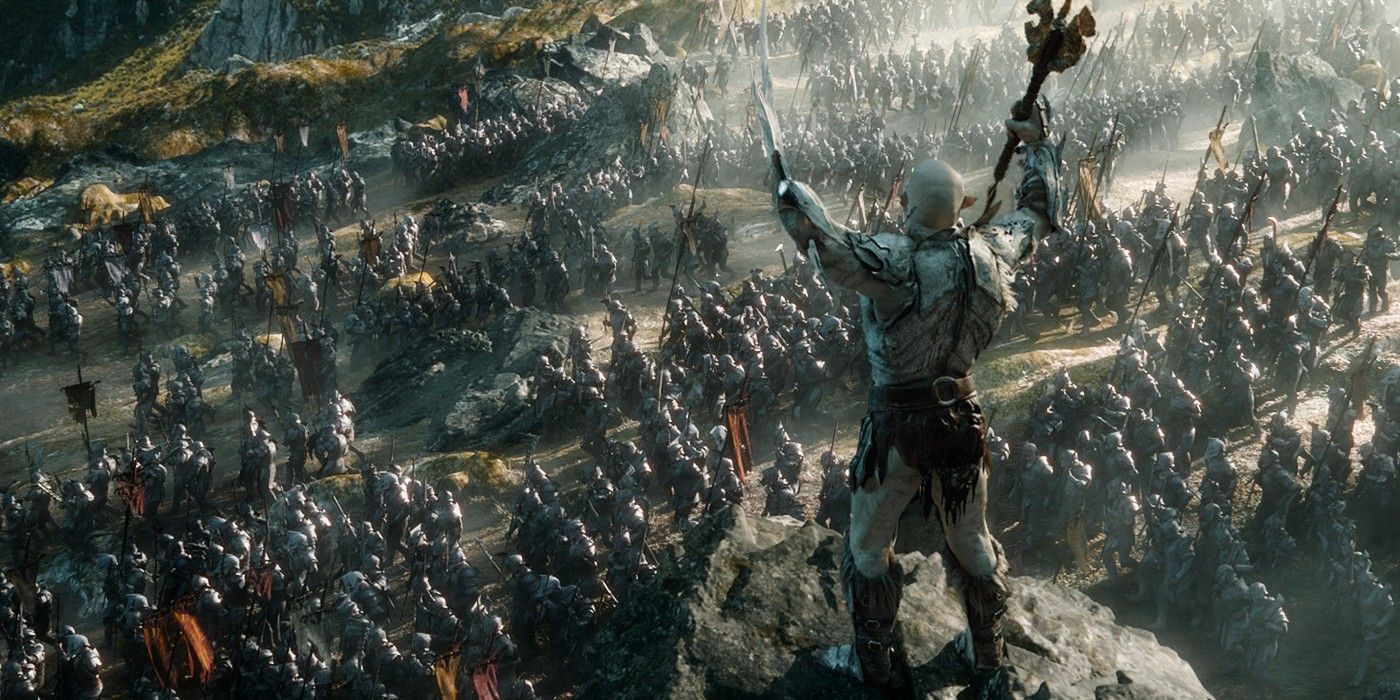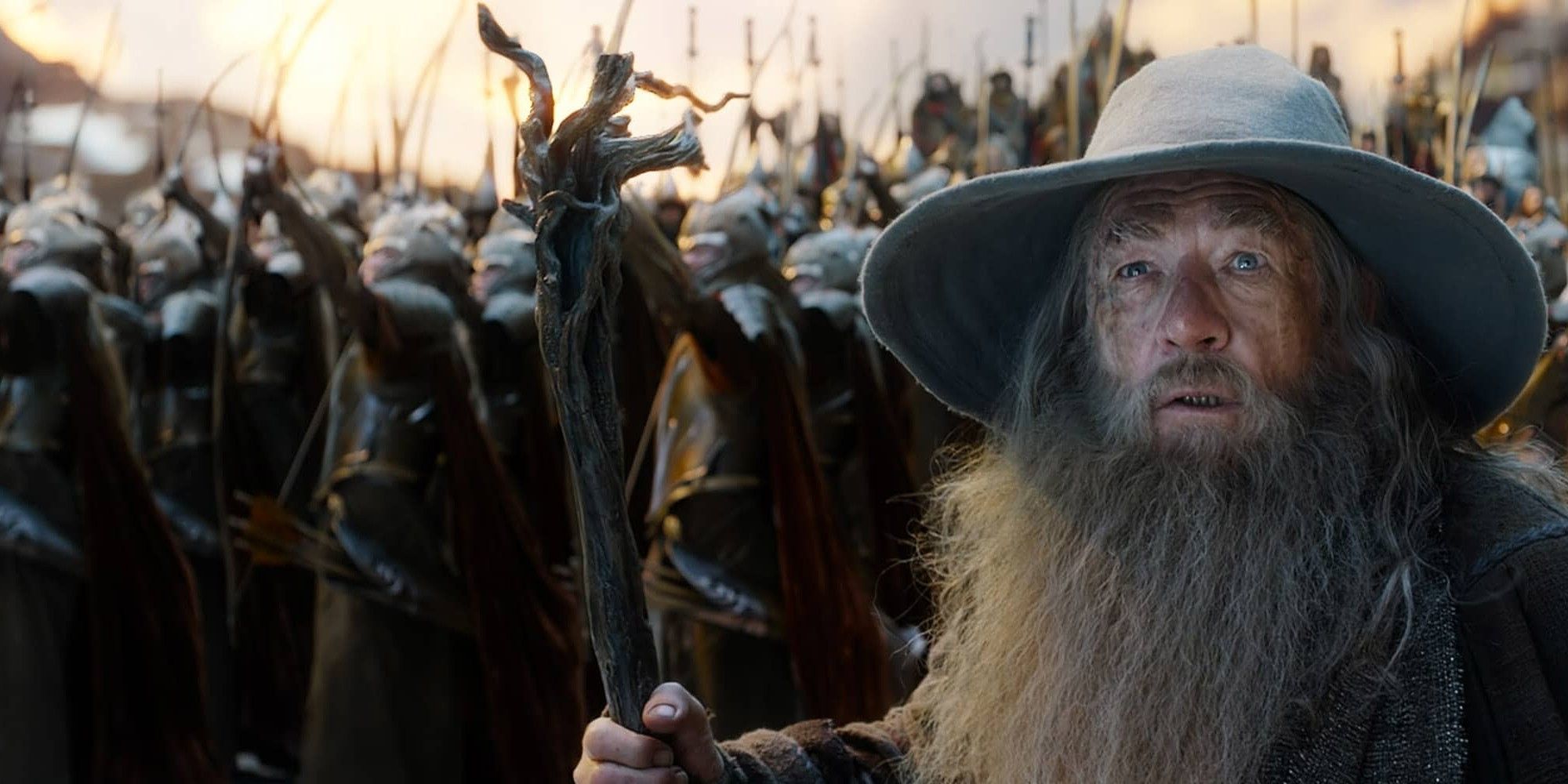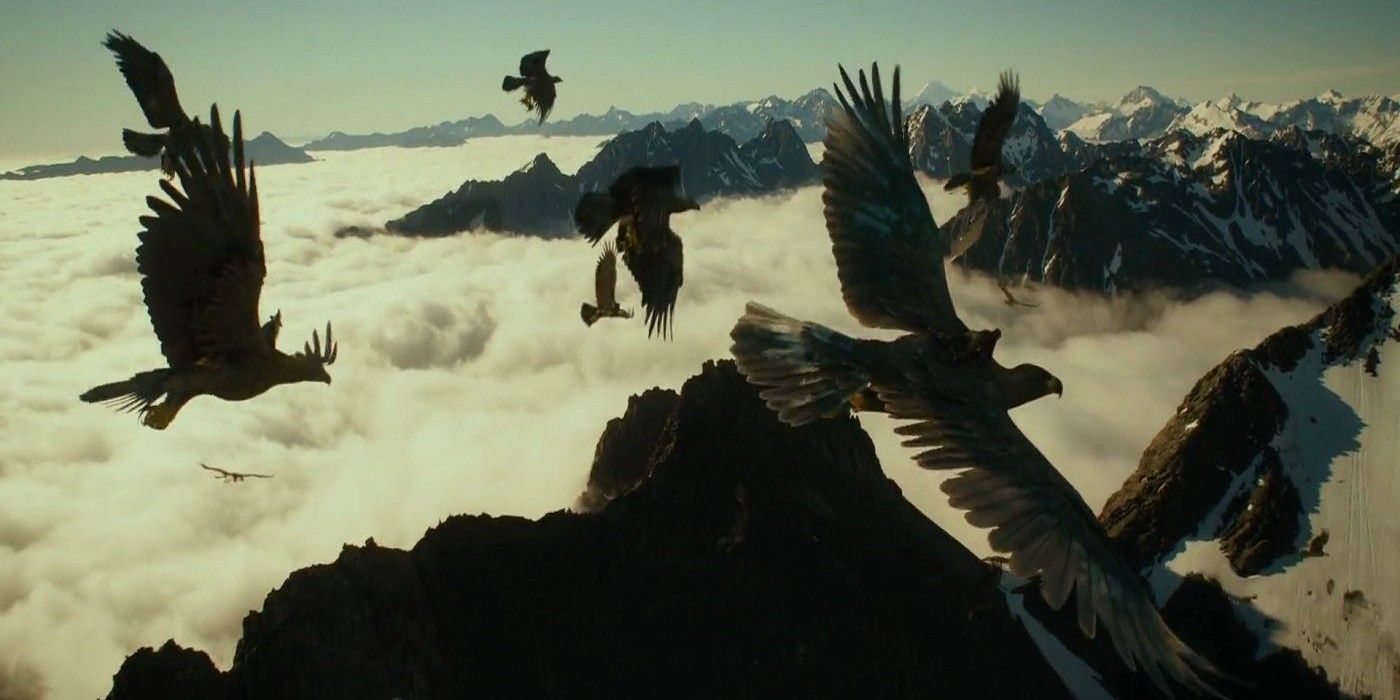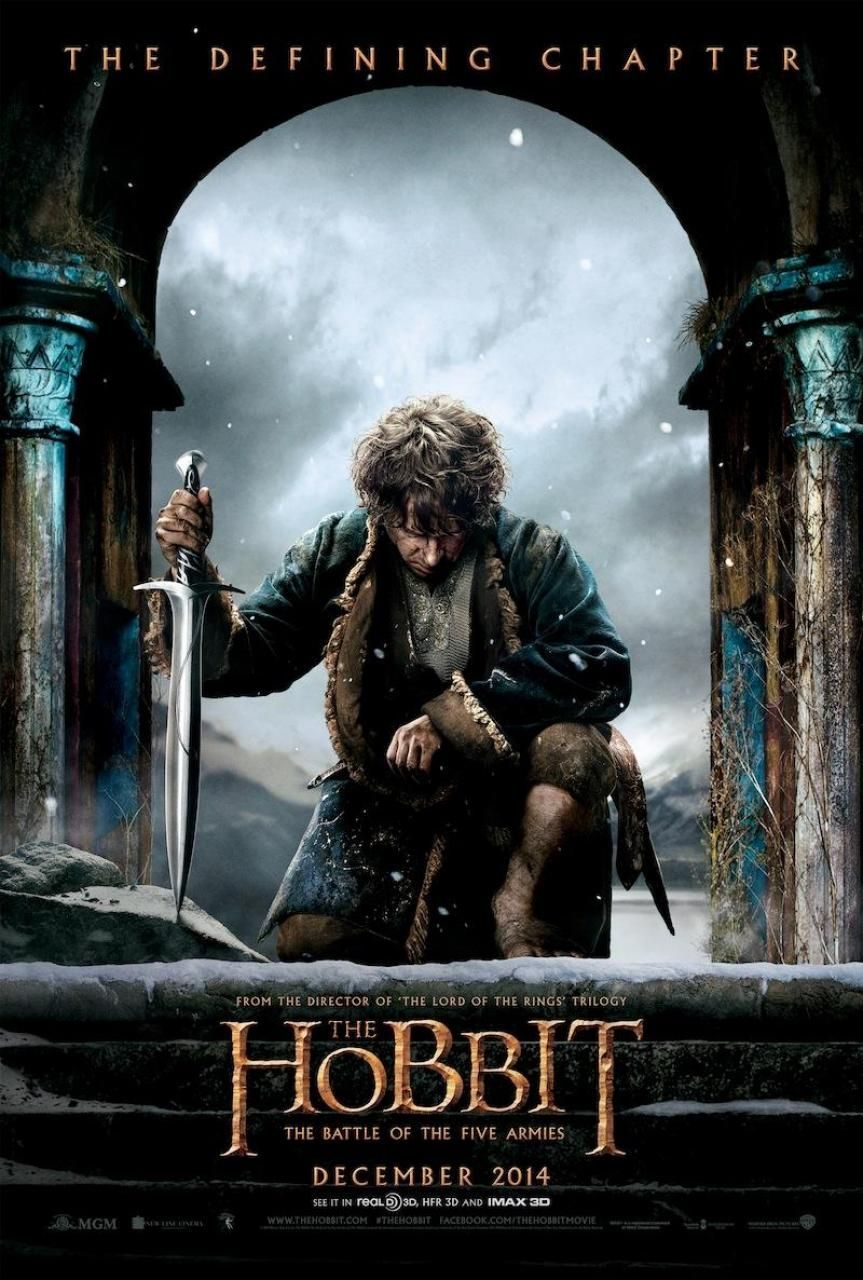Generally, J. R. R. Tolkien’s The Hobbit presents a narrative that is smaller in scope compared to its renowned sequel, The Lord of the Rings. However, it still contains intriguing elements, notably the Battle of the Five Armies. The more modest scale of The Hobbit can be attributed to its origins as a bedtime story for Tolkien’s children, focusing on the adventures and challenges faced by Bilbo Baggins rather than the ominous threat represented by the One Ring. Additionally, Tolkien penned The Hobbit first, which later served as the groundwork for his expansive Legendarium.
While The Hobbit may lack the grandiose drama and suspense found in LOTR, or the extensive lore encapsulated in The Silmarillion, it stands as a captivating tale in its own merit. The climax features the epic Battle of the Five Armies, a significant conflict involving Dwarves, Elves, Men, Orcs, and one very unprepared Hobbit. This pivotal confrontation is central to both The Hobbit: The Battle of the Five Armies film and the original literary work. However, much like the adaptations of the Hobbit series, there are notable discrepancies between the film and book portrayals of key events.
Discovering The Five Armies Featured in The Hobbit Film
In the dramatic Battle of the Five Armies, the standoff at the gates of the Lonely Mountain hung precariously close to erupting into a full-scale conflict. This tension escalated significantly when Thorin Oakenshield, consumed by the madness of “dragon sickness,” abandoned diplomatic talks with Elven-king Thranduil. The situation intensified further with the arrival of reinforcements from the Dwarven side, which ultimately devolved into complete pandemonium as two factions of Orcs emerged, driven by the intention to ravage and conquer.
Meet Thorin, Dain Ironfoot, and the Dwarven Forces of Erebor and the Iron Hills
The first of the distinguished armies was comprised of the Dwarven forces, which consisted of two distinct groups. On one side, there were Thorin Oakenshield and his loyal Company, a skilled cadre of twelve heavily armed fighters who secured their position at the Gate of Erebor. The other faction was commanded by Dain Ironfoot, Thorin’s cousin, who rode a colossal boar into battle. This formidable army included a cavalry unit of Dwarves mounted on goats, several goat-driven ballistae, and a robust contingent of heavy infantry clad in full plate armor, equipped with shields and pikes, ready to engage in combat.
Explore Bard and the Lake-Men of Lake-Town
Although Bard and his men from Lake-town were classified as one of the armies in this conflict, they were primarily a small group of irregular fighters and skilled archers. Lake-town lacked a formal standing army or militia, but many inhabitants possessed hunting skills with bows and blades, akin to Bard himself. These irregulars primarily played a minimal role in the main confrontation outside Erebor, opting instead to retreat to Lake-town to defend their home against the onslaught of rampaging Orcs.
Encounter Thranduil and His Elven Army from Mirkwood
Leading a vast company of several thousand Elves from Mirkwood, Thranduil rode a majestic elk into the fray, determined to extract some measure of satisfaction from Thorin. This Elven army was predominantly composed of agile archers and shielded light infantry, reminiscent of the forces seen during the Siege of Barad-dûr in The Fellowship of the Ring and the Battle of Helm’s Deep in The Two Towers.
Unmasking Azog the Defiler and His Orc Hordes from Dol Goldur
At the helm of the Orc forces, Azog the Defiler commanded a formidable army during the assault on Erebor, having mobilized a large contingent from Dol Goldur with the intent to seize the mountain city and eliminate Thorin. His troops primarily consisted of Orcs, heavily armored in the same plate armor utilized by the Uruk-hai in The Lord of the Rings.
Introducing Bolg and the Orc Legion from Gundabad
Before the battle commenced, Bolg, Azog’s son, was dispatched to gather additional reinforcements from the northern Orc stronghold of Gundabad. This assembly was not only comprised of standard heavily-armored Orcs but also included formidable Trolls of various breeds, many of which had been horrifically wounded and repurposed as living siege engines. Among their most significant assets were the fearsome Were-worms, colossal creatures capable of burrowing through rock at an astonishing pace, enabling Bolg’s forces to appear on the battlefield unexpectedly.
Understanding the Differences in the Five Armies Between The Hobbit Book and Film
In Tolkien’s original literary work, the composition of the armies is described with some differences. Notably, Azog had already met his demise at the hands of Dain in the battle at the gates of Moria, which also resulted in the death of Thorin’s father. In the book, Bolg leads an army of Goblins—rather than Orcs—after hearing of Thorin’s company slaying the Great Goblin beneath the Misty Mountains. This force was additionally accompanied by a separate army of Wargs, who in the original text were depicted as possessing remarkable intelligence, even capable of speech. Despite these variations, the alliances among Men, Elves, and Dwarves remained largely unchanged between the book and its film adaptation.
Clarifying the Role of the Eagles in the Battle of the Five Armies
While numerous analyses of the Battle of the Five Armies—in both the literary and cinematic forms—often include the Eagles as part of the armies, this interpretation is somewhat misleading. In both versions, five distinct military factions are depicted on the battlefield, and the Eagles, along with Beorn, arrive only after the battle has commenced. Moreover, Eagles are not typically recognized for their battlefield discipline, which further complicates their classification as a formal army.
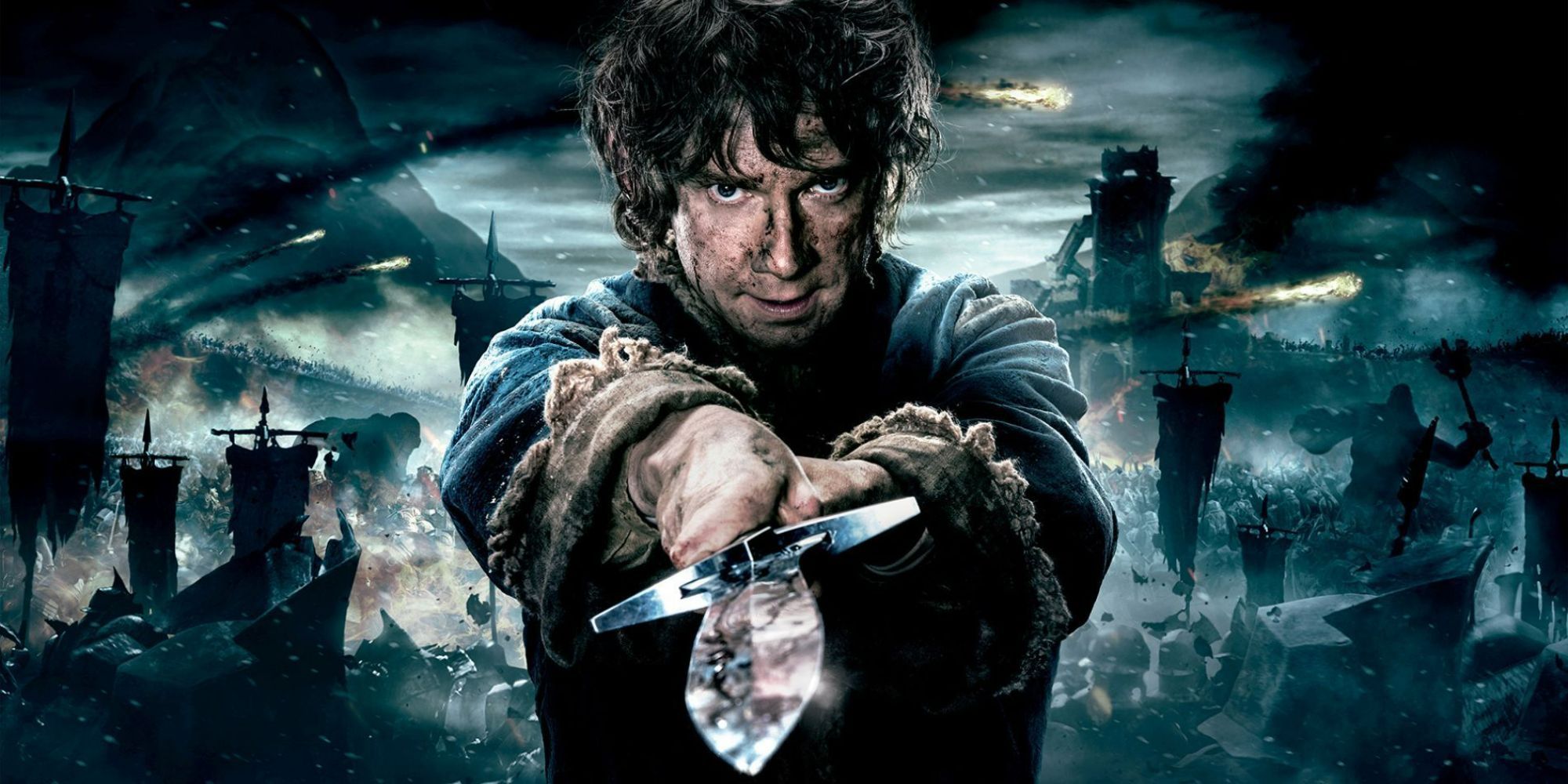
Related
It Was Inevitable, But The Hobbit Movies Miss A Major Point Of J.R.R. Tolkien’s Book
It was probably inevitable given the jump from page to screen, but The Hobbit movies miss a major point of Tolkien’s story as they continue.
Although the portrayals of the Battle of the Five Armies in both the book and film differ in certain aspects, the ultimate outcome remains constant: Bolg was defeated, the Orcs were driven back, and the heroes, though battered, emerged victorious (with the exceptions of Thorin, Fíli, and Kíli, who perished either on the battlefield or shortly thereafter due to their injuries). Regardless, the Battle of the Five Armies provides a gripping conclusion to the narrative of The Hobbit.



